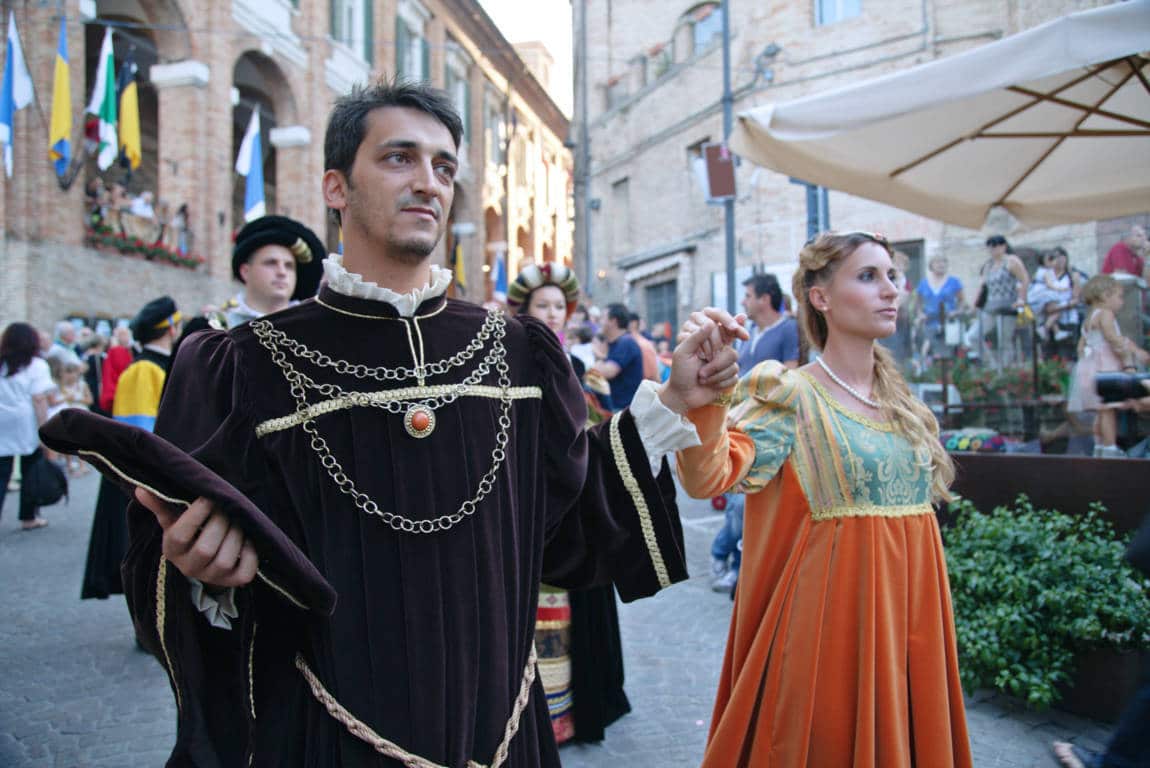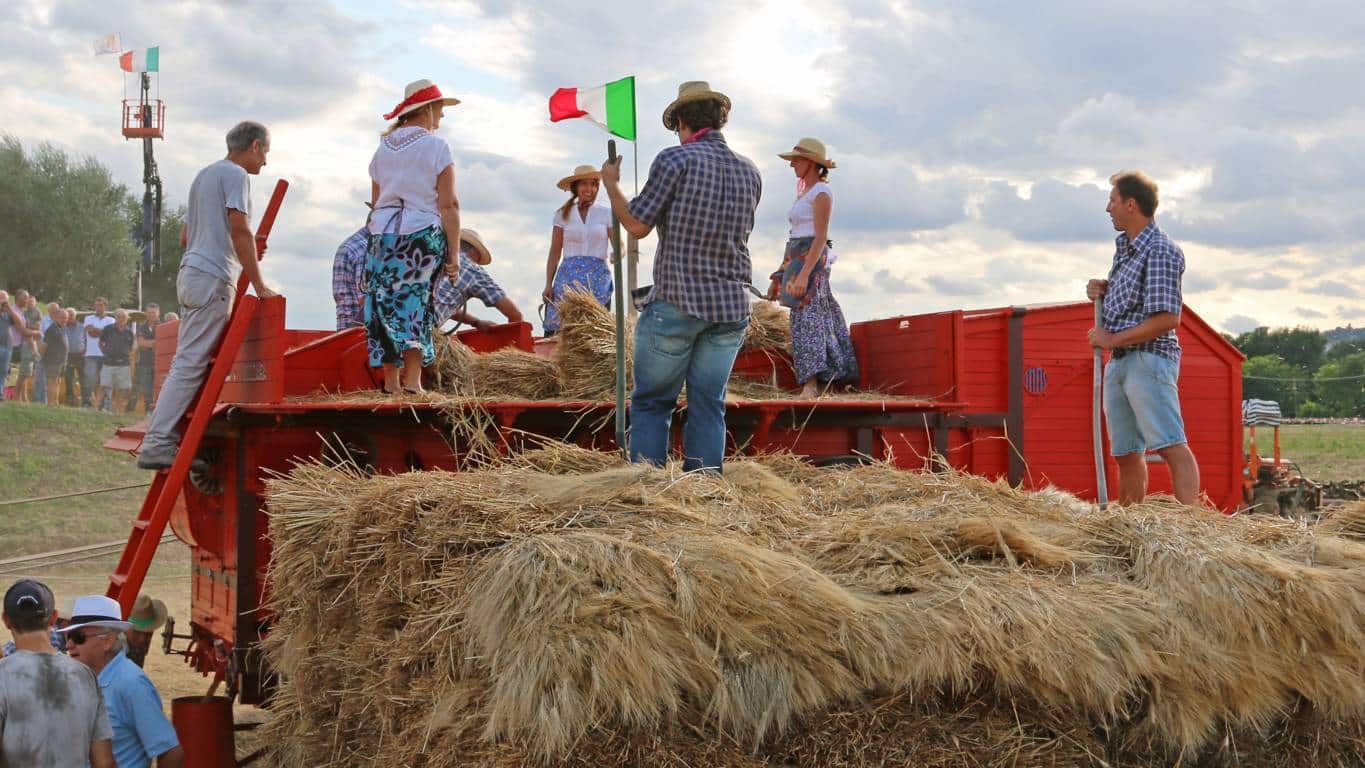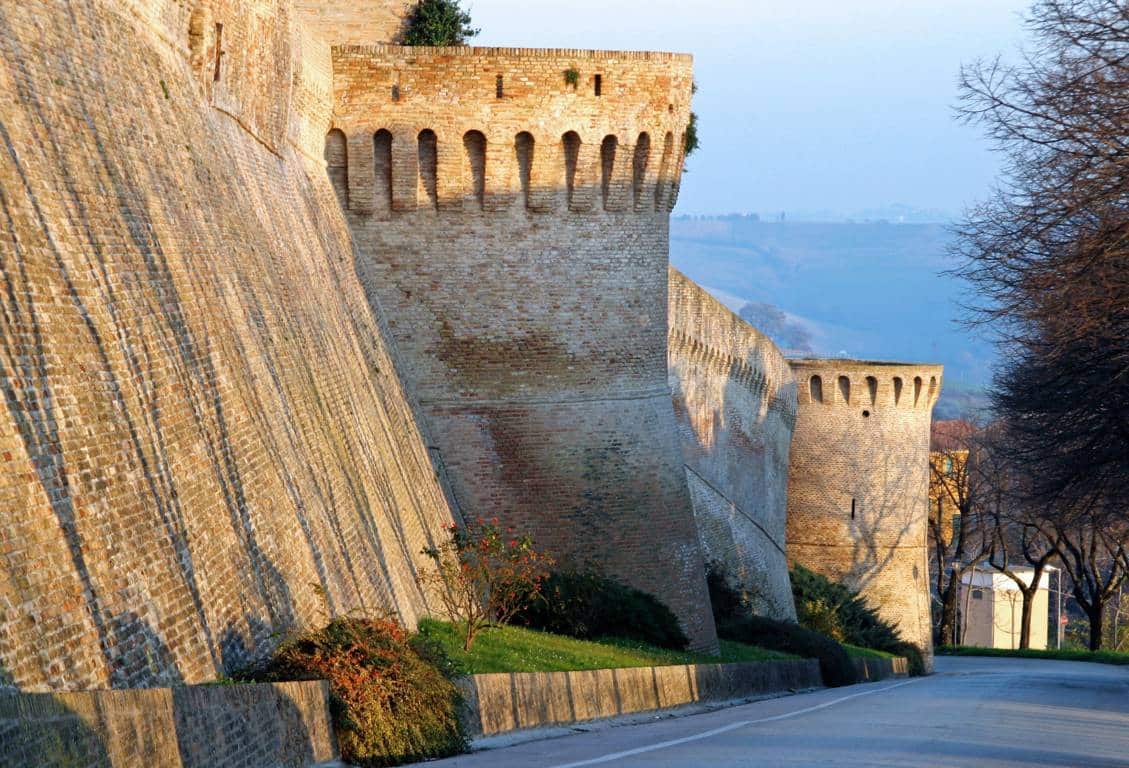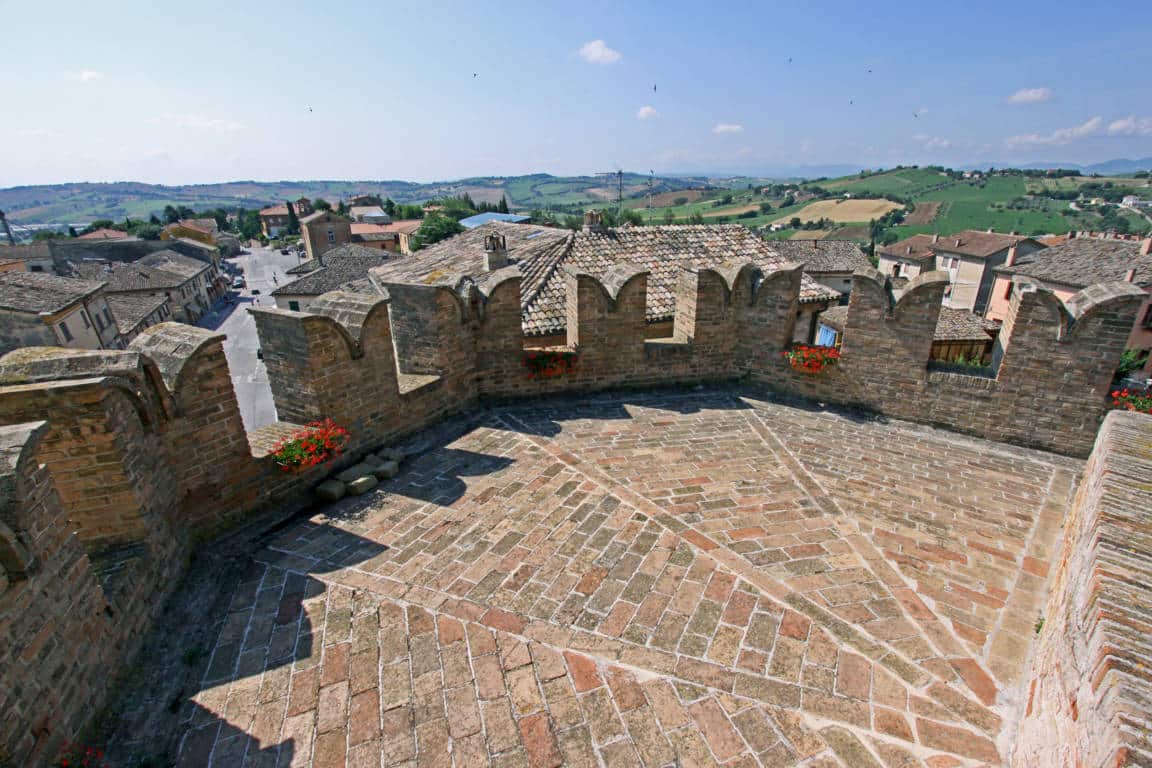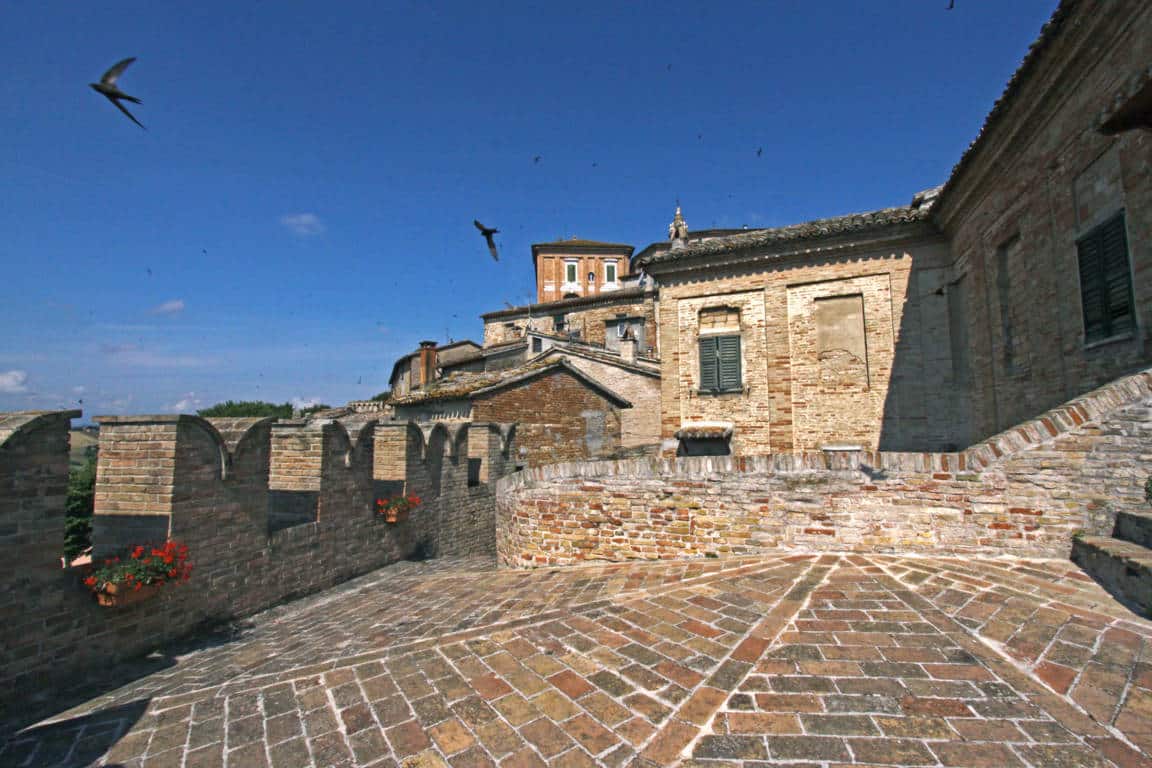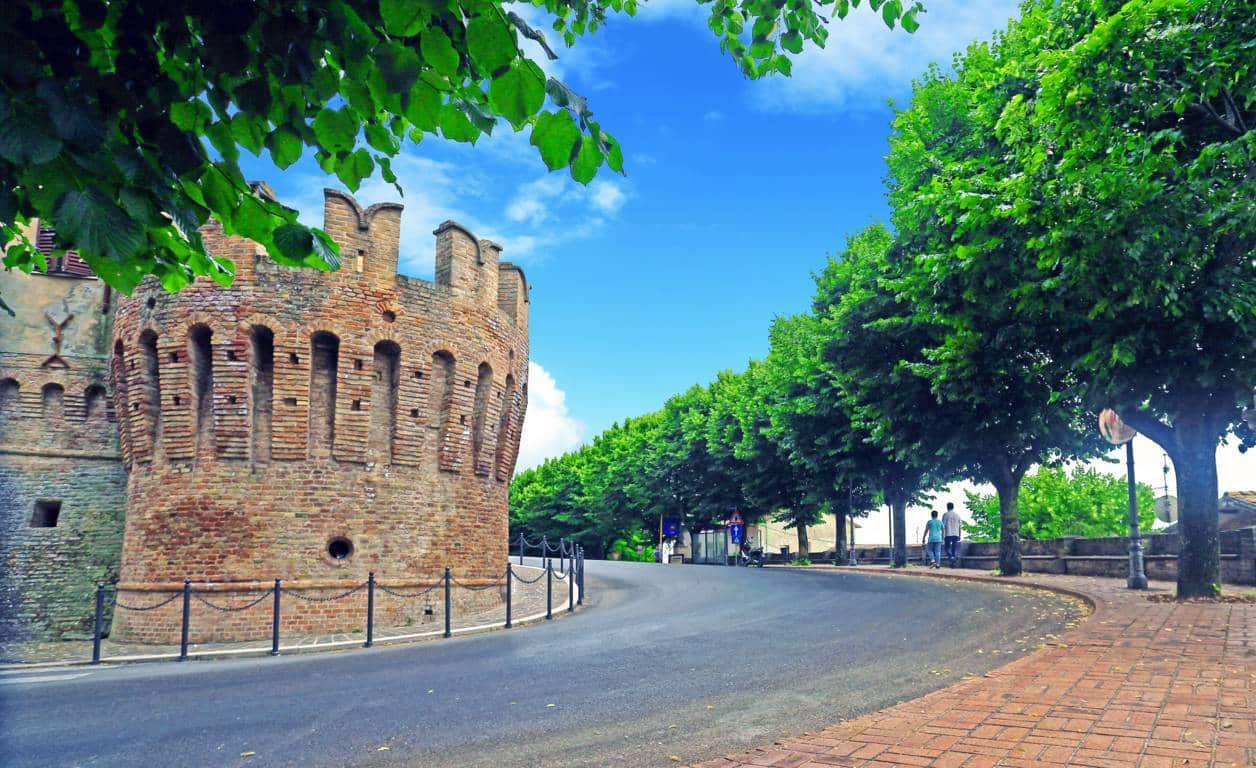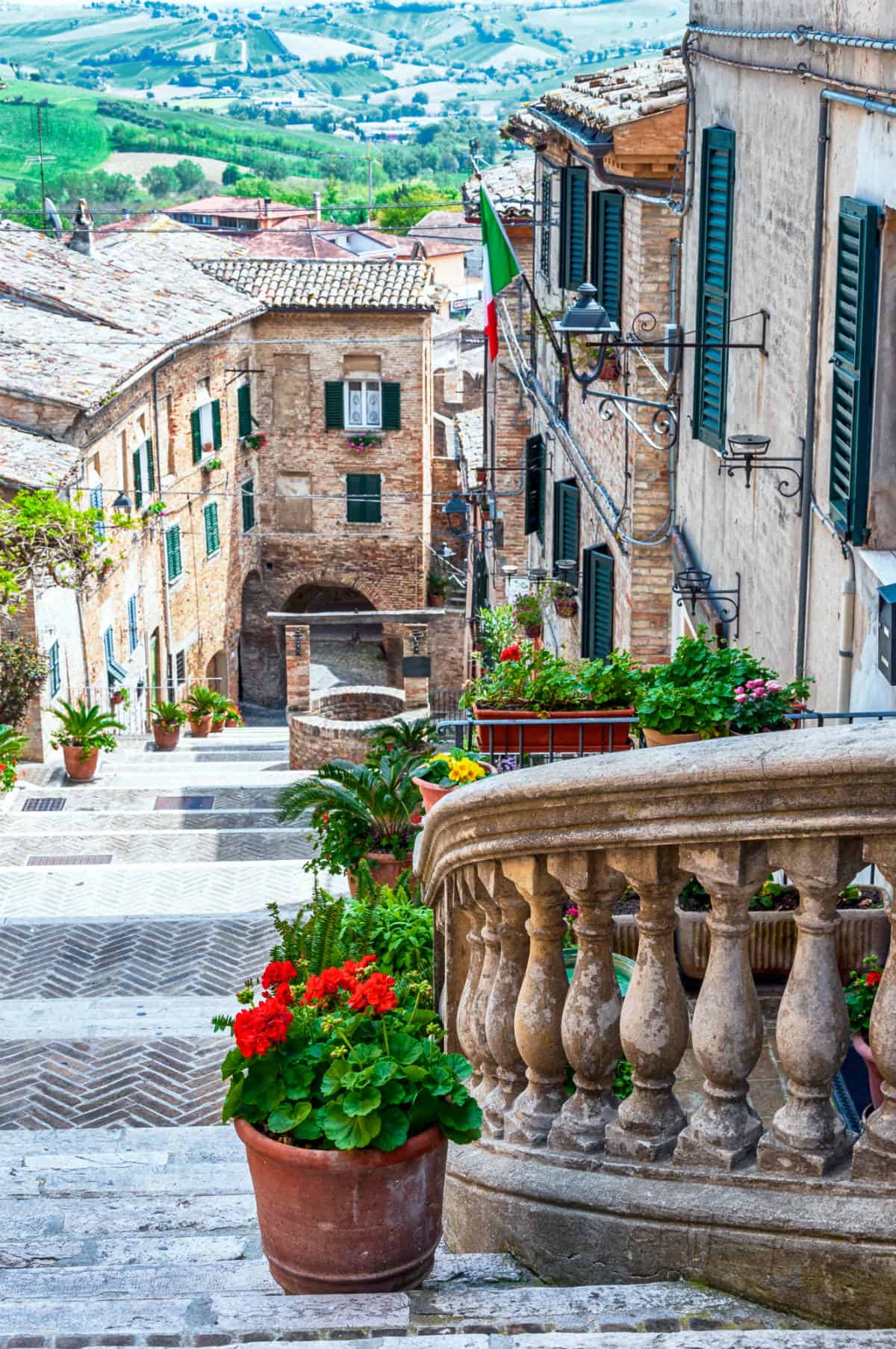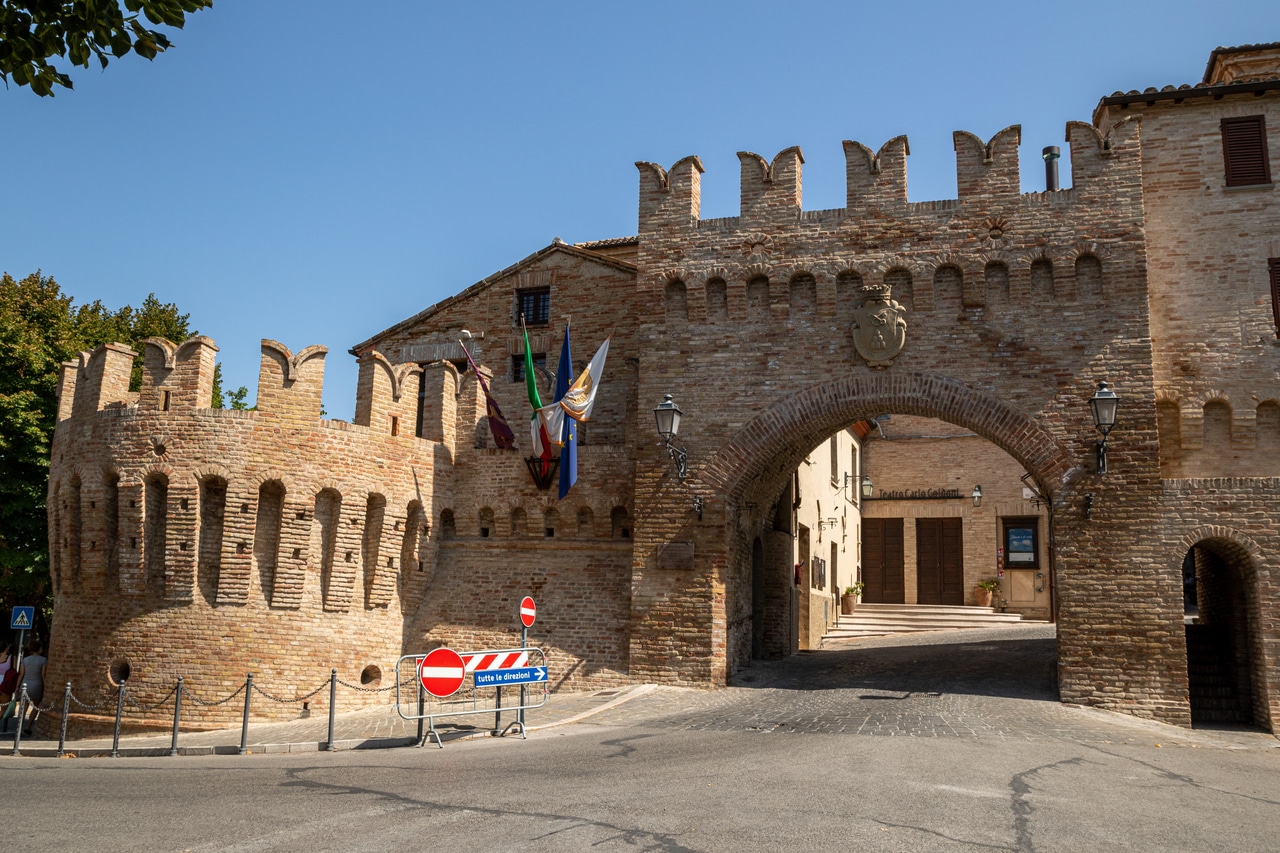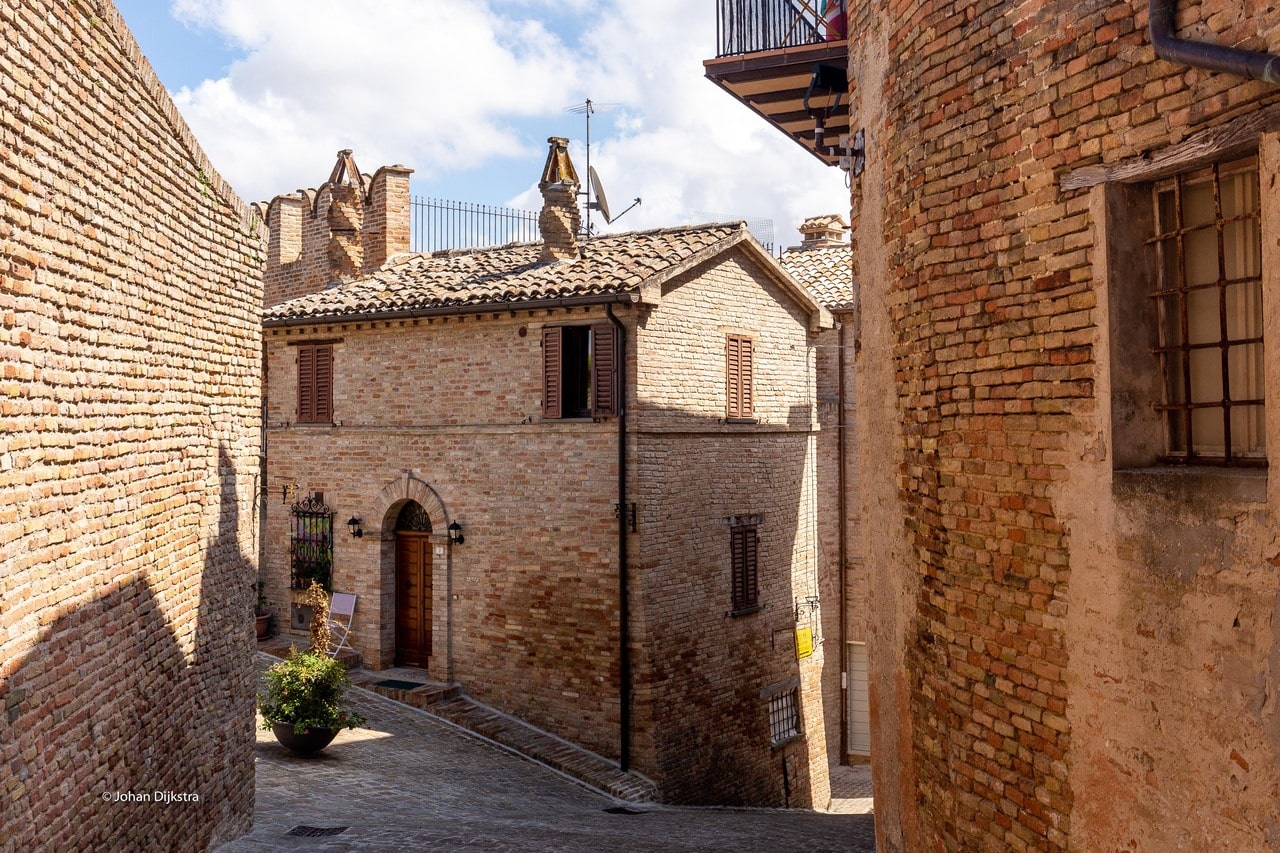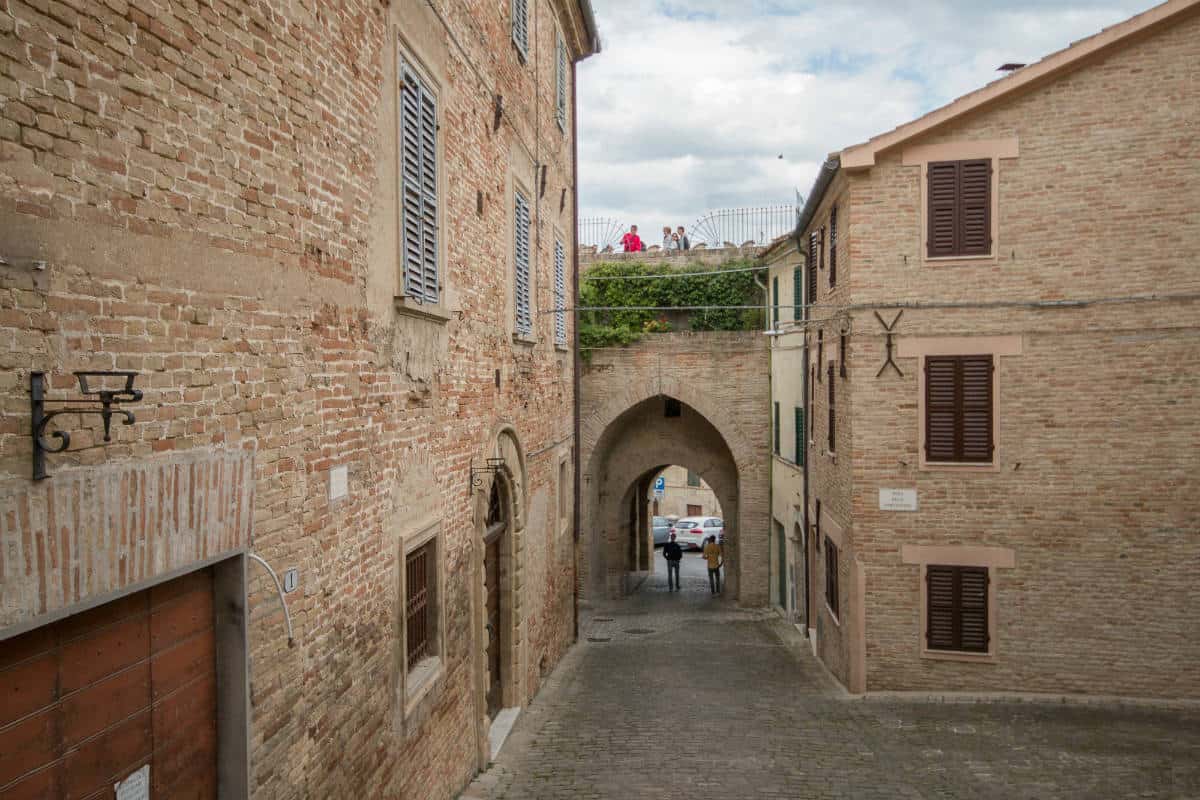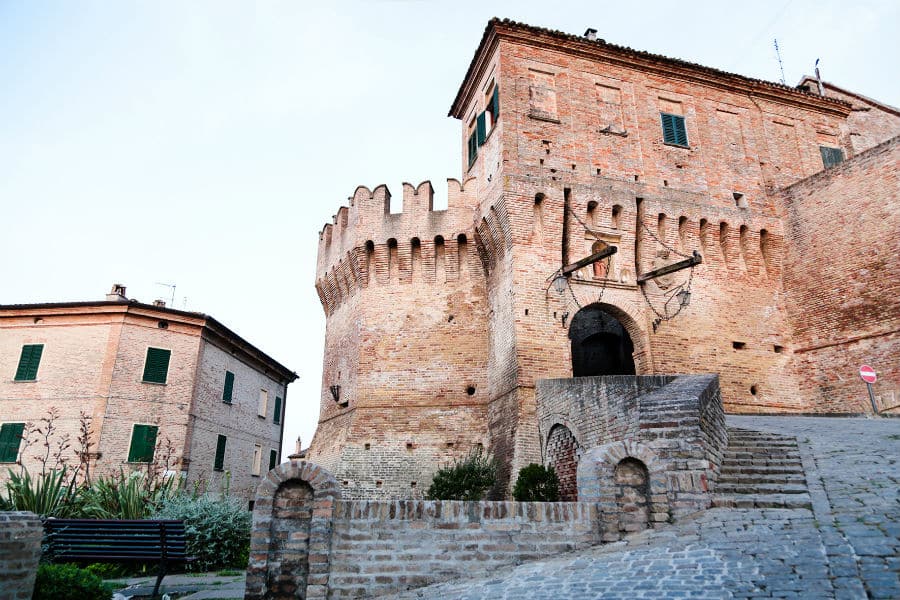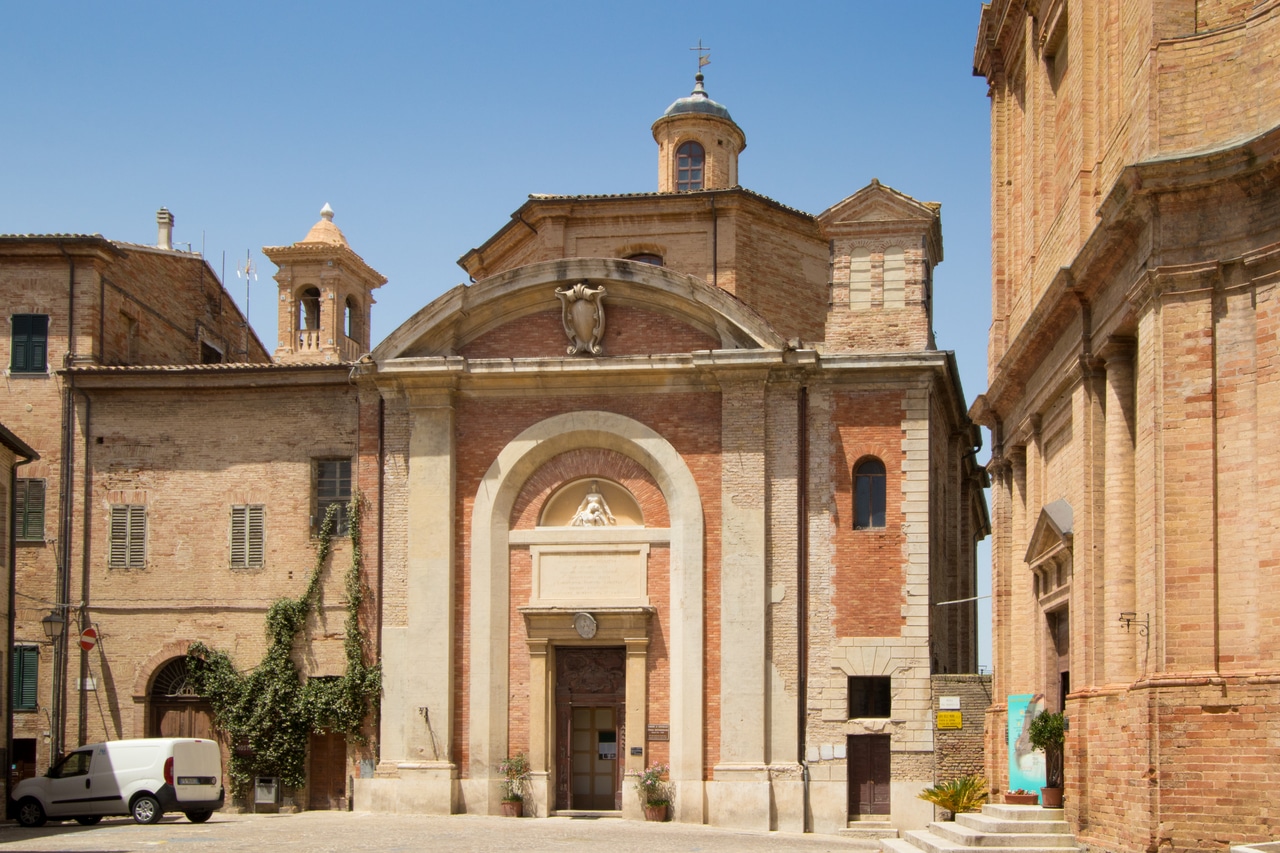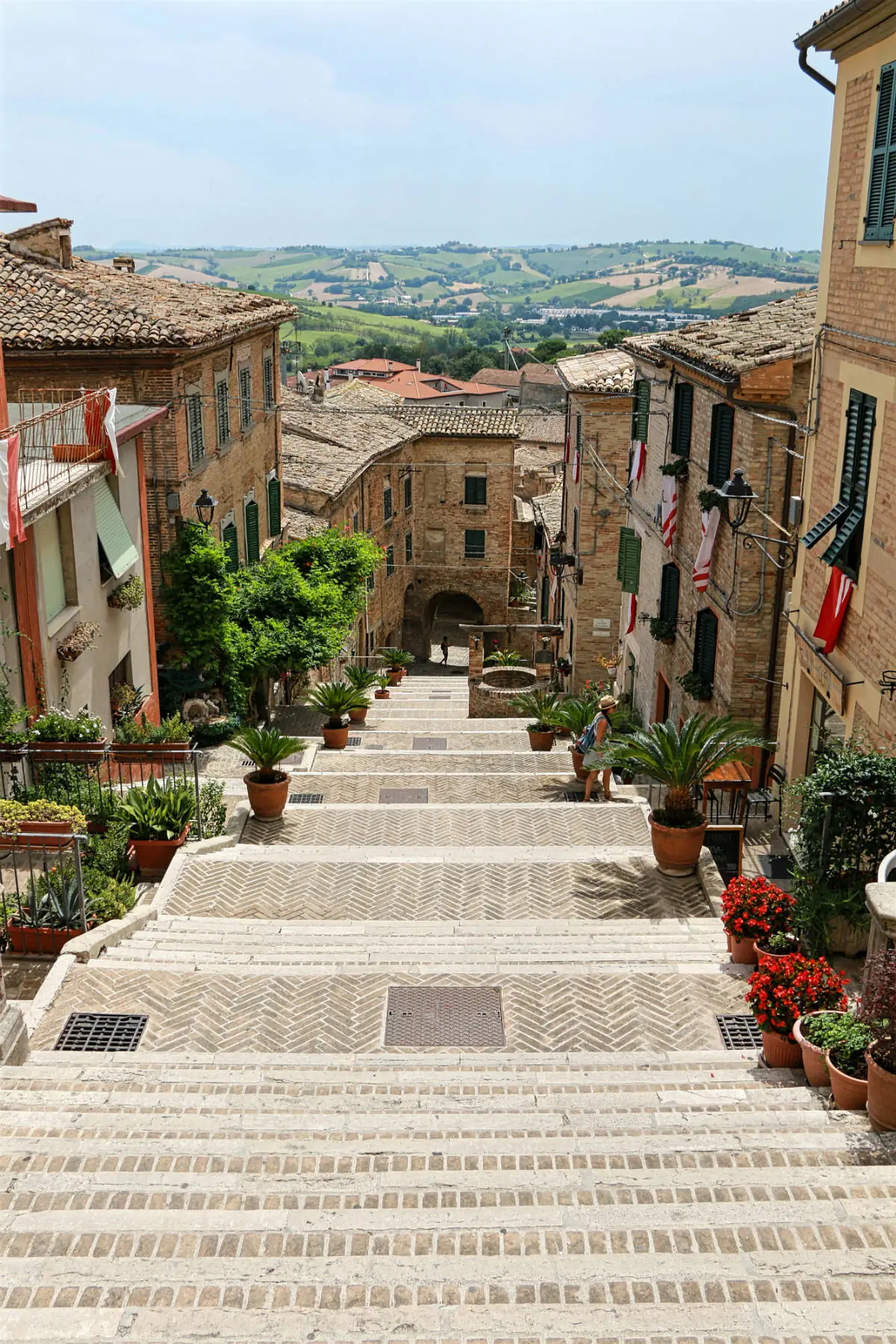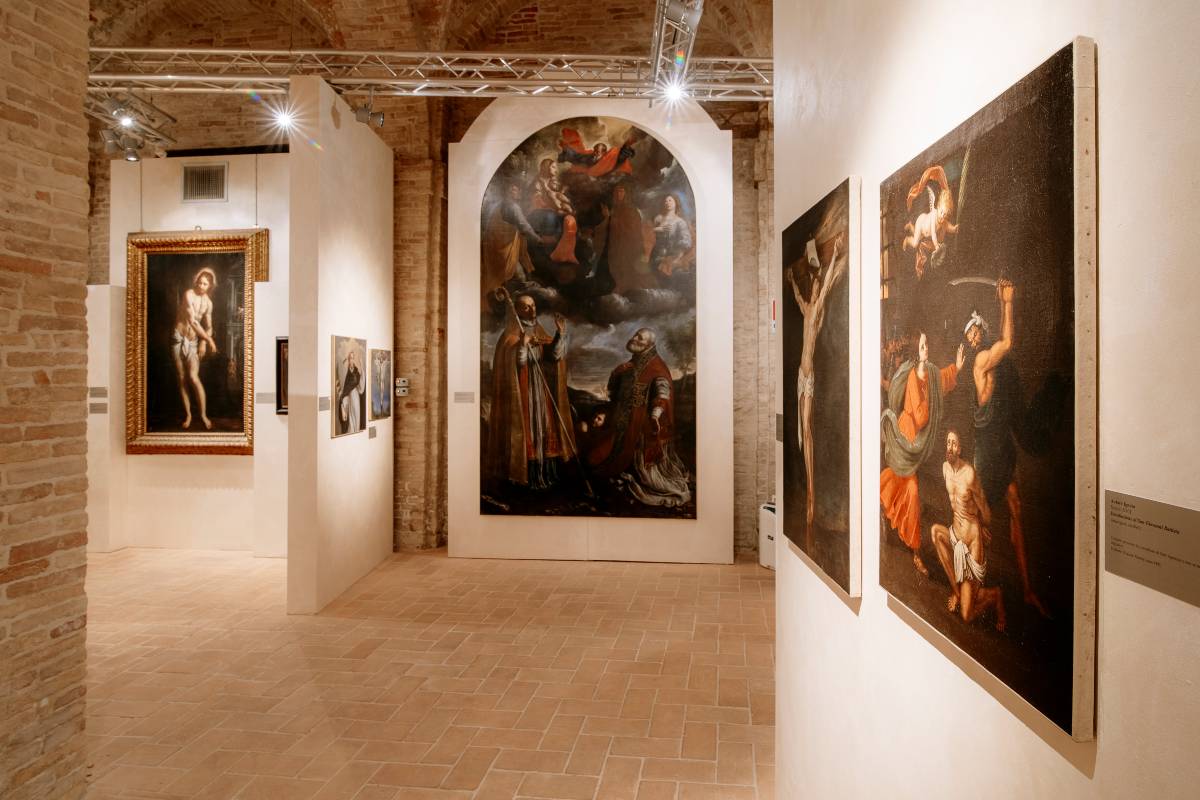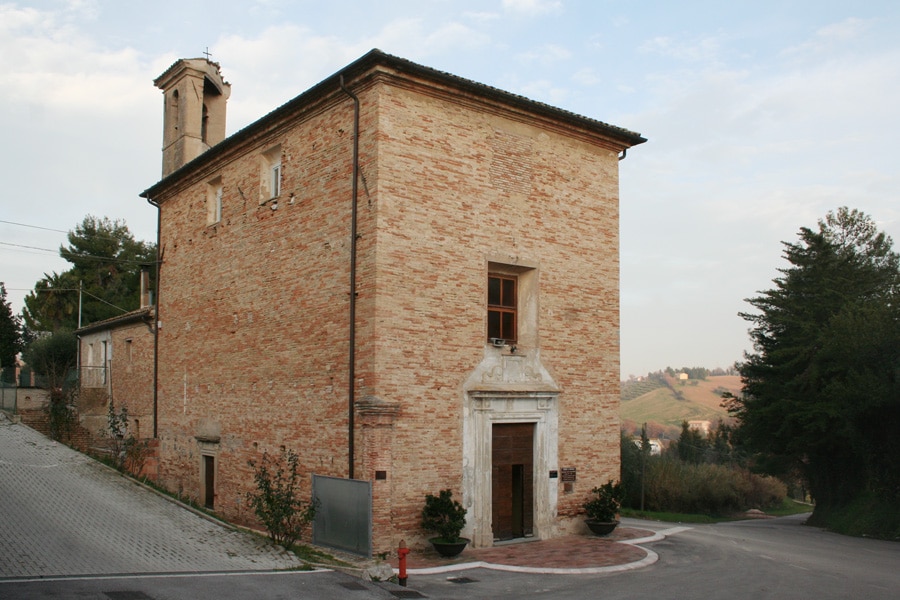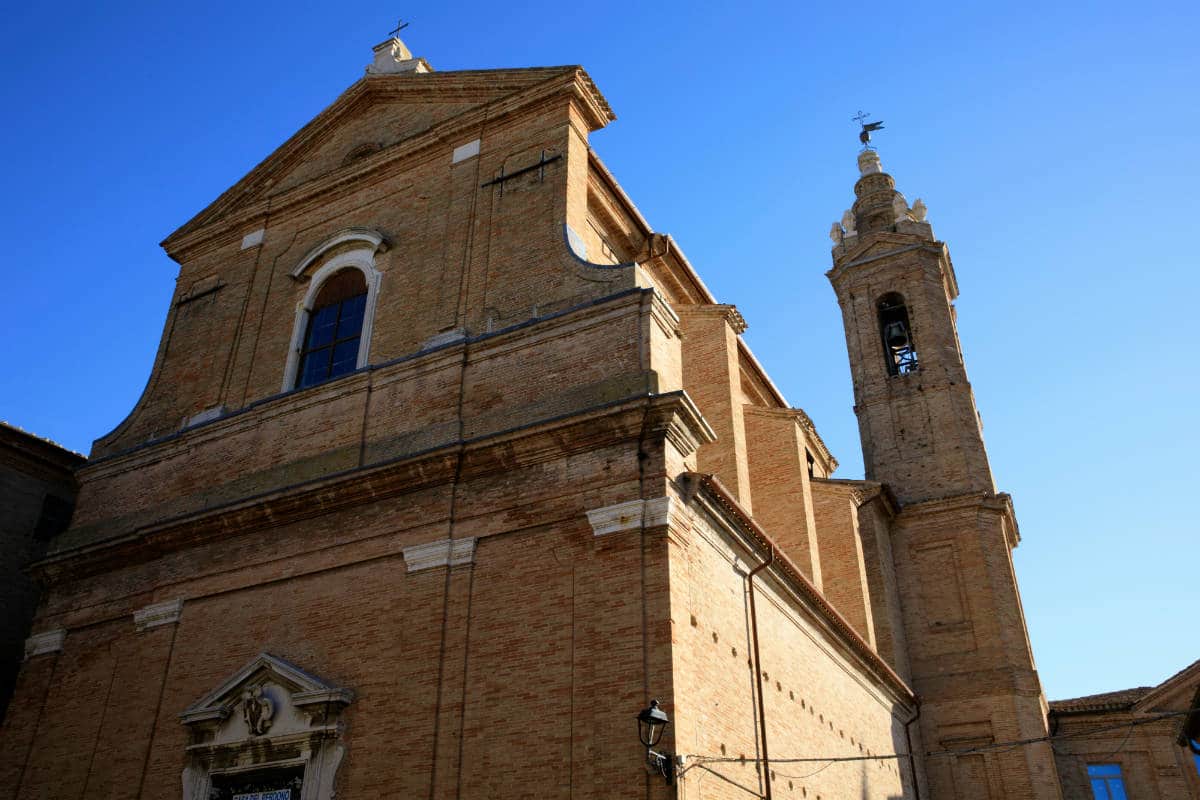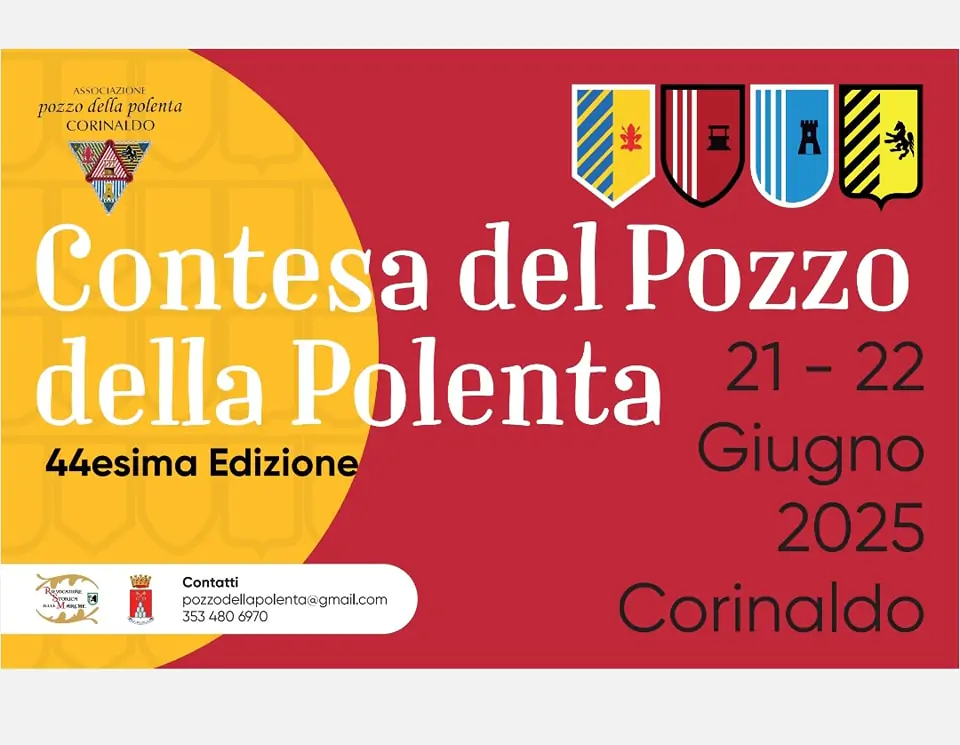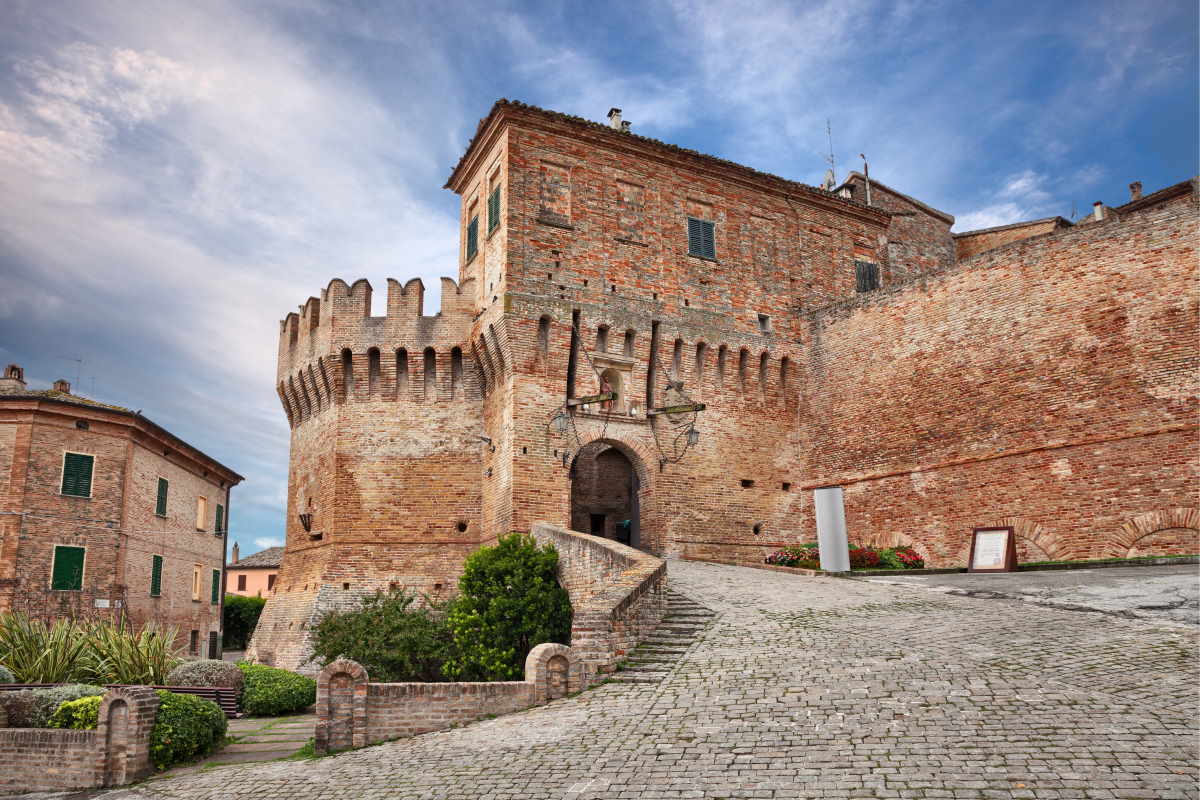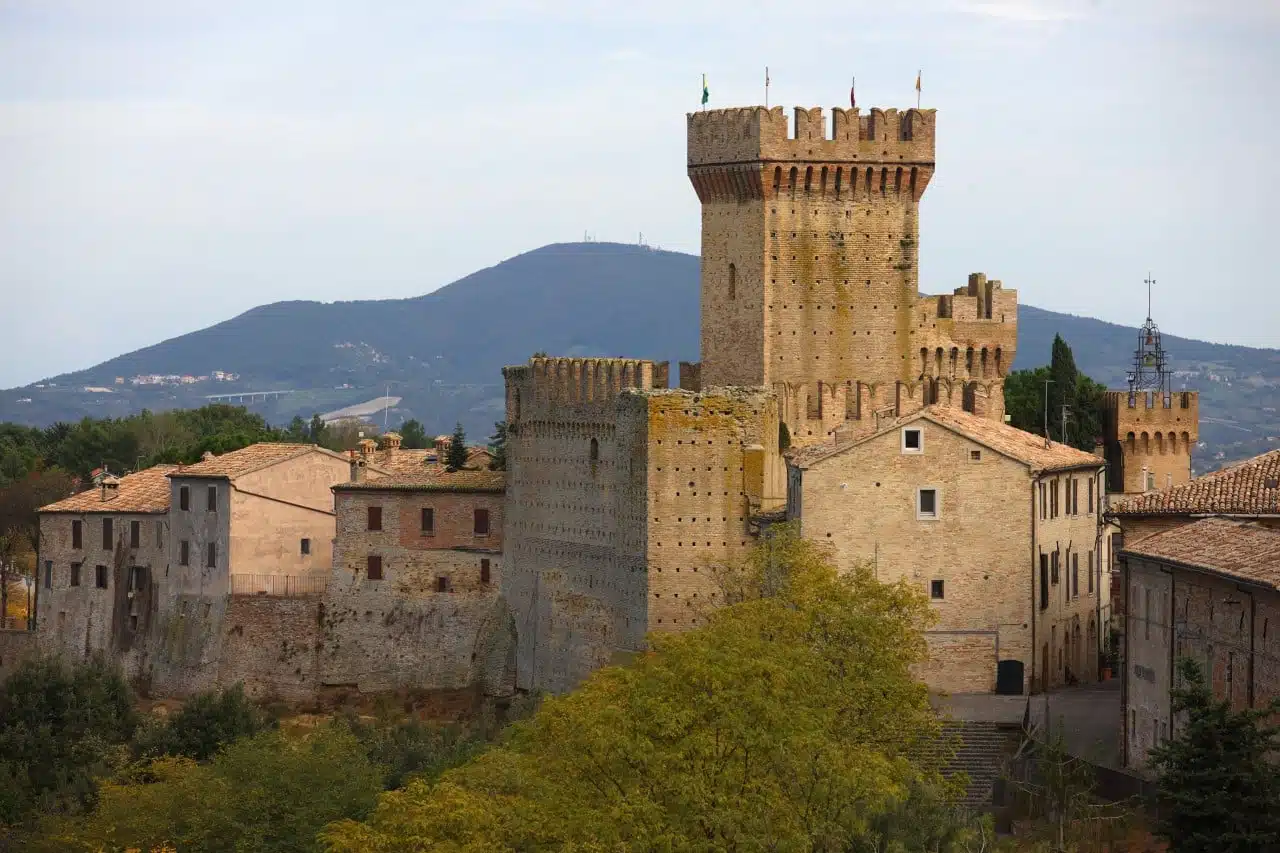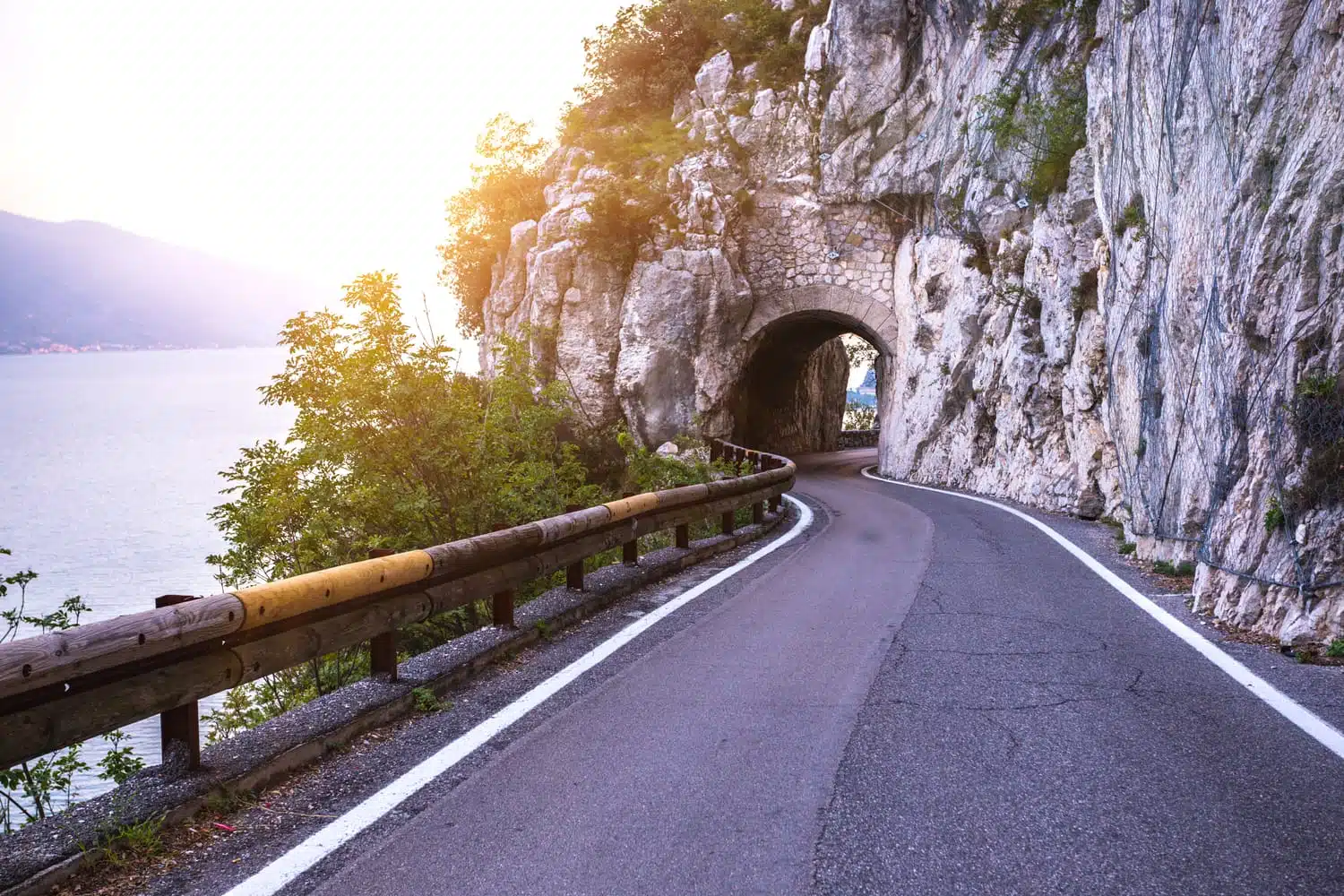Perched on the top of a hill along the left bank of the Nevola River, Corinaldo is one of the most picturesque and best-preserved medieval villages in Italy. Included in the circuits of I Borghi più belli d'Italia, Touring Club Orange Flag and European Tourist Destination of Excellence, Corinaldo is a destination that combines history, spirituality, tradition and architectural beauty.
The name seems to derive from "Curia of Rinaldo," testifying to early medieval origins. The real rebirth of the village, however, occurred in 1367, after its destruction, when Pope Urban V authorized the complete reconstruction of the town. Thus was born the extraordinary 912-meter-long city walls, now considered one of the most intact and fascinating in central Italy. Bastioned gates, towers, machicolations and walkways tell of a glorious military past, culminating in the resistance to the 1517 siege by Duke Francesco Maria della Rovere, a feat that earned Corinaldo the title of "City" from Pope Leo X.
Walking through the historic center, one is immediately captured by the famous Piaggia staircase, also known as the "Hundred Stairs," the beating heart of the village, lined with brick houses and enlivened by the legendary Polenta Well. This symbol is linked to a lively folk tradition, and every year in July it becomes the protagonist of the Contesa del Pozzo della Polenta, one of the oldest historical re-enactments in the Marche region.
Along with folklore, Corinaldo cherishes the spiritual memory of Santa Maria Goretti, who was born here in 1890. The shrine dedicated to her preserves a precious relic, while her birthplace can be visited. The town also boasts several fine churches: the baroque Church of Addolorata, the Church of San Francesco with works by Claudio Ridolfi, and the Church of the Suffrage built on the old keep of the medieval castle.
The Carlo Goldoni Theater, inaugurated in 1869, is a small 19th-century jewel with stucco and fine frescoes, now the site of theater seasons and concerts. Near the village is also the Church of Madonna del Piano, the oldest religious testimony in the area.
Among the most characteristic sights are the Landroni, a covered portico originating from the elevation of medieval buildings, and the Scuretto House, with its facade built to mislead a son who emigrated to America, which has now become part of the town's narrative.
Corinaldo is also art and culture: it is home to the Civic Art Collection "Claudio Ridolfi" and the Hall of Costume and Folk Traditions, where the historical costumes of the reenactment of the Well of Polenta are kept.
The town also celebrates its identity through events such as the Corinaldo Jazz festival in August and enhances its gastronomic traditions with artisanal cured meats (i mazzarini), porchetta, extra virgin olive oil, vincisgrassi, Verdicchio dei Castelli di Jesi and the typical Pecorelle dolci.
To visit Corinaldo is to immerse yourself in an open-air tale of intact fortifications, timeless sights, living legends and a community that proudly guards its history. A village that enchants with its simplicity and authenticity.


